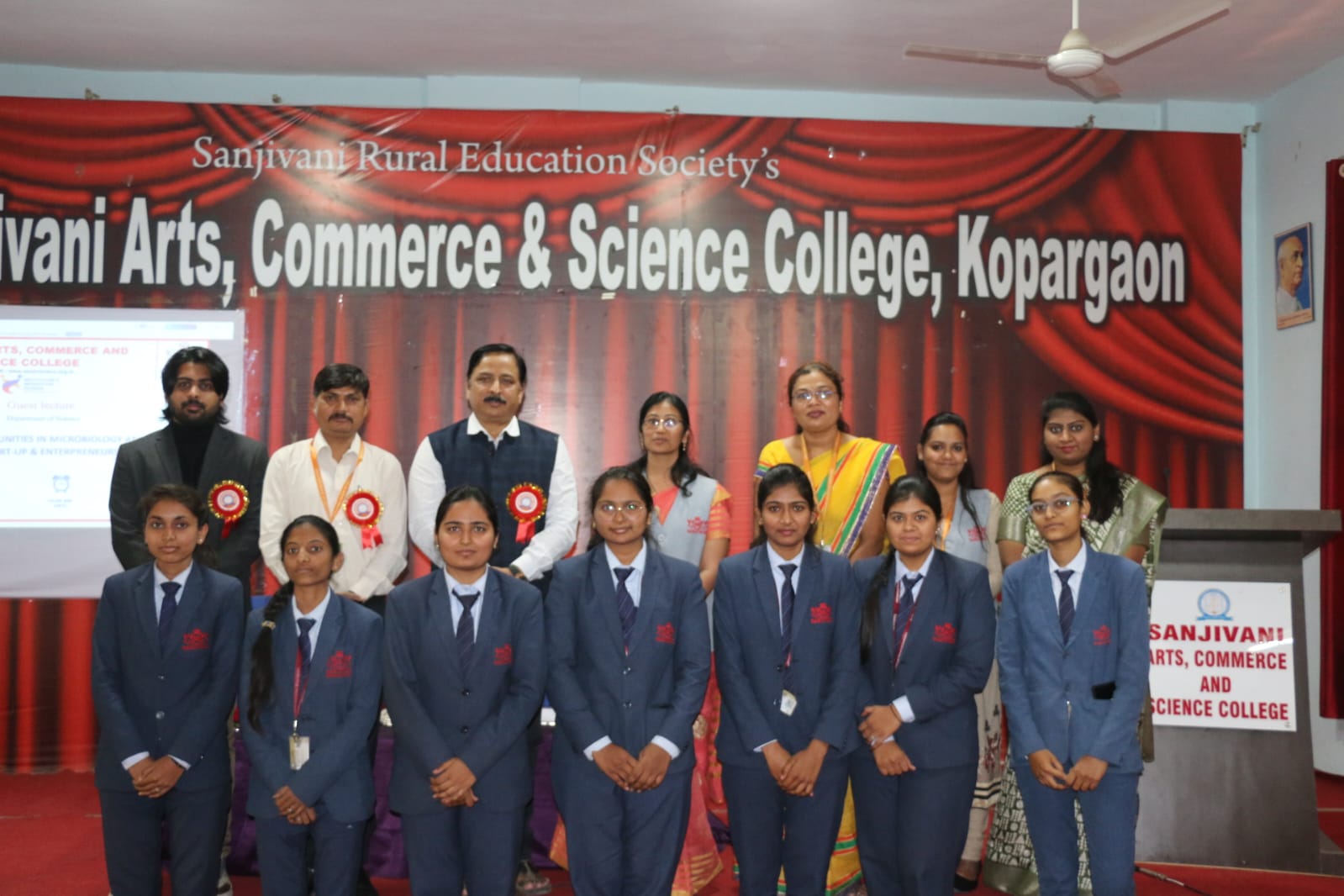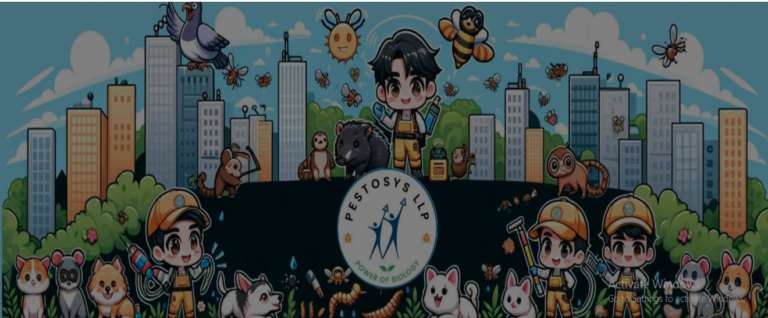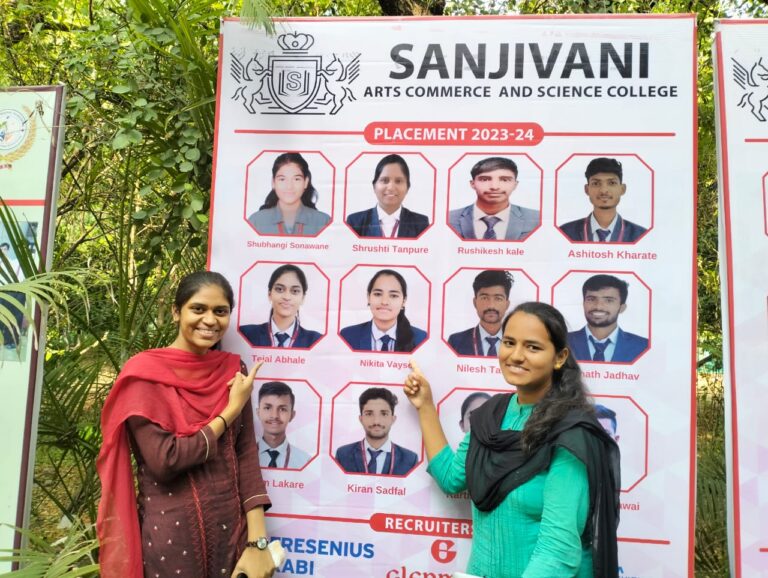Bridging the Gap: Integrating Employment with Education in India
The Indian Education System, characterized by its extensive Duration and Theoretical Approach, often leaves its Youth navigating the realms of Employment much later than their counterparts in Countries like the USA, Canada and Europe. With a considerable portion of life dedicated to academia—spanning up to a PhD—many Indian Youths find themselves unemployed well into their mid-20s or later. This Prolonged Period of Educational Engagement though enriching in Knowledge, Delays Real-World Exposure and the acquisition of Job Experience.
Contrast this with the Education systems in developed nations, where employment during schooling is not just encouraged but facilitated. This model fosters financial independence, practical skills and professional readiness from a young age, effectively eliminating the transition shock from academia to the workplace. It’s an approach that not only empowers the youth but also addresses manpower shortages, turning a high population into a high potential workforce.
In response to this pressing need for reform, initiatives like Pune’s BareFooter School are pioneering a shift towards integrating financial literacy and work experience into the traditional Indian Education framework. Founded by Avinash Salunke, the BareFooter School proposes STC (Short Term Courses) Programs designed to make Students Financially Literate and Independent, thereby reducing the gap between Education and Employment.
The current System, a legacy of British Colonial Rule, perhaps was arguably designed to keep Indian Youths “engaged idle in Educational Books,” limiting their Practical Experience and maintaining a status quo. In stark contrast, Modern Educational Philosophies Advocate for Experiential Learning, where Students apply their Knowledge in Real-World Settings, gaining the Confidence and Skills needed for their Future Careers.
Bringing such a transformation to India requires not just Individual Initiatives like the BareFooter School but also a collective push for systemic change. Universities, Colleges and the Government must collaborate to redesign the Educational Landscape, making it more aligned with contemporary needs and Global Practices.
The question, then, is not whether we want to develop India— that goal is unanimous. The challenge lies in overcoming inertia, embracing change and working together to ensure our youth are not just Educated but Employable, Skilled and ready to contribute to the nation’s growth from the ground up.
Avinash Salunke‘s appeal to action is not just a plea for support; it’s an invitation to be part of a transformative journey towards national development. It’s time for Policymakers, Educators and Communities to unite in making this Vision a reality, for the betterment of our Youth and the future of our Country.
We have taken some proactive steps taken by the BareFooter School (BFS) and its Partnership with Khongnangthaba University, Imphal, for offering Short-Term Courses that are directly linked to Apprenticeships and Job Opportunities. This initiative not only addresses the critical gap between Education and Employment but also sets a promising model for others to follow. These are some advice and thoughts on how to expand and build on this noble endeavour we are trying to do it:
Networking and Partnerships
- Conferences and Workshops: Organize National and International Conferences on Education Reform and Employment Integration. This can be a Platform to share your successes, learn from others and attract more Universities and Organizations to your cause.
- Collaboration Platforms: Develop an Online Platform where Universities and Industry Partners can Collaborate, Share Resources and Offer Internships or Apprenticeship opportunities to Students across various disciplines.
Visibility and Advocacy
- Success Stories: Document and Share Success Stories of Students who have benefited from these Programs through Social Media, Blogs and Press Releases. Real-life examples can be very powerful in demonstrating the value of your initiatives.
- Policy Advocacy: Engage with Policymakers and Education Boards to present your Model and its Successes. Propose policy changes or recommendations that can support the scaling of such initiatives across the Country.
Expanding Reach
- Corporate Partnerships: Engage with Corporations and SMEs for Sponsorships, Apprenticeships and Job Placements. Many Companies are looking for Skilled Graduates and may also contribute to Curriculum Development to ensure it meets Industry Standards.
- Alumni Network: Leverage the Alumni Network of each University for Mentorship, Networking and Fundraising. Alumni can play a crucial role in guiding current Students and Supporting the Institution’s Objectives.
Sustainability and Impact Measurement
- Sustainability Models: Explore Sustainable Funding Models, such as Public-Private Partnerships, Grants and CSR funds from Corporations, to support the expansion of your Programs.
- Impact Measurement: Develop Robust Mechanisms to measure the impact of your Programs on Student Employability, Income Levels and Career Progression. This data will be invaluable in refining your approach and demonstrating value to potential Partners and Funders.
Remember, change at a systemic level takes time and persistent effort. Each step forward, each Partnership formed and each Student’s life improved, contributes to the larger goal of transforming India’s Education and Employment Landscape. Your initiative is a beacon of hope and an example of actionable change. Continue to build on this momentum and seek support from all quarters—because when it comes to nation-building, every hand counts.
Our vision for the BareFooter School (BFS) is truly inspiring and the ambition to not only transform Education and Employment in India but also to spread this movement across Asia and the world is commendable. By integrating Indian culture and tourism into this movement, BFS has the potential to create a unique ecosystem that benefits not just Students but also the wider community and international visitors. Here are a few thoughts on how this vision could unfold:
Building a Global Movement
- Cultural Exchange Programs: Establish cultural exchange Programs that invite Students from overseas to learn about Indian culture, participate in Educational Programs and experience Local Tourism. Similarly, Indian Students can gain exposure to other cultures, fostering a Global Network of Learners and Leaders.
- International Partnerships: Collaborate with Universities and Educational Institutions worldwide to offer Joint Programs, Research Initiatives and Exchange Opportunities. This will enhance the Global perspective of BFS and contribute to a diverse Learning Environment.
- Digital Platforms for Global Learning: Utilize Technology to create Online Platforms and Courses that offer insights into Indian Culture, Education and Tourism, accessible to a global audience. This can serve as a bridge connecting India with the World, promoting Cultural understanding and Cooperation.
Leveraging Tourism for Educational Impact
- Educational Tourism: Develop Programs where tourism is combined with Educational workshops, seminars and fieldwork, offering participants a rich Learning experience alongside exploring India’s heritage and natural beauty.
- Community Engagement: Involve Local Communities in hosting and participating in these Programs, ensuring that Tourism and Educational initiatives benefit local economies and foster community development.
- Sustainability and Conservation: Integrate principles of sustainability and conservation into tourism and Educational Programs, teaching participants about environmental stewardship and the importance of preserving Cultural Heritage.
Your journey from “Zero to Hero” will undoubtedly be filled with challenges, but with a clear vision and persistent effort, BFS can become a catalyst for change, bridging Education, Employment, Culture and Tourism. By creating meaningful impacts and fostering Global Connections, BFS can contribute significantly to showcasing India’s Rich Cultural Tapestry to the World and making India a hub for Cultural and Educational Tourism. Keep pushing forward and may your vision inspire many others to join in this worthwhile movement.
Rethinking Education: Bridging Theory and Practice for Real-World Impact
The path to meaningful Education reform is Multi-Faceted, addressing the gap between high Qualifications and the Practical Experience needed in today’s Workforce. Despite India’s strides in Education since Independence, there remains a critical need to align academic Achievements with Real-World Applications. The case is evident across various fields, from Agriculture, Medicine, Law and Accounting to Architecture and Science, where Traditional Education Systems often fall short in equipping graduates with the necessary hands-on experience.
The Paradox of Qualification without Experience
Highly Qualified Individuals, while Academically Adept, frequently encounter barriers entering the workforce due to a lack of Practical Experience. Agriculture Graduates, for instance, may not be familiar with the latest farming technologies, underscoring a disconnect between their Education and the evolving needs of India’s agricultural sector. Similarly, professionals in medicine, law and other fields find that real-world competency demands more than just theoretical knowledge.
The Need for a Paradigm Shift
This scenario calls for a paradigm shift towards integrating experiential learning opportunities within academic curriculums. Entrepreneurship emerges as a critical avenue for employment, yet the leap from Education to establishing a successful Start-up is often hindered by the absence of Practical Business Skills and Experience.
Addressing the Challenges
- Integration of Practical Learning: Academic Institutions must Incorporate Internships, apprenticeships and Project-Based Learning within their Courses, ensuring Students gain valuable experience alongside their theoretical studies.
- Entrepreneurial Education: Embedding Entrepreneurial Skills and business planning within the curriculum can prepare Students for self-employment, reducing the high failure rate among Start-ups due to lack of preparation.
- Support Systems: Establishing Mentorship Programs, where Experienced Professionals guide Students, can provide the necessary support and insight into navigating the complexities of the Job Market and Entrepreneurship.
- Flexible Learning Opportunities: Allowing Students to earn while they learn through Part-Time Jobs or Flexible Work Arrangements can not only provide Financial Support but also crucial industry exposure.
Supporting BFS Pune’s Movement
The BareFooter School (BFS) in Pune is at the forefront of initiating this Educational Revolution. By fostering Partnerships with universities like Khongnangthaba University, Imphal, for Short-Term Courses that lead directly to Apprenticeships and Job Opportunities, BFS is paving the way for a new era of Education that marries Theory with Practice.
Steps to Action
The journey towards Educational reform is complex and requires the collective efforts of Educational Institutions, the Government, Industry Partners and the Community. Supporting movements like BFS, Pune is essential in championing these changes. It’s about creating an Ecosystem where Education equips individuals not just with Knowledge, but with the Skills and Experiences to thrive in and contribute to the World.
As BFS, Pune embarks on this Mission; it calls for Support, Collaboration and Action from all Stakeholders. By joining hands, we can make a significant impact, transforming the Landscape of Education in India and beyond, ensuring that our Youth are not just qualified but truly prepared for the Challenges and opportunities of the Future.







